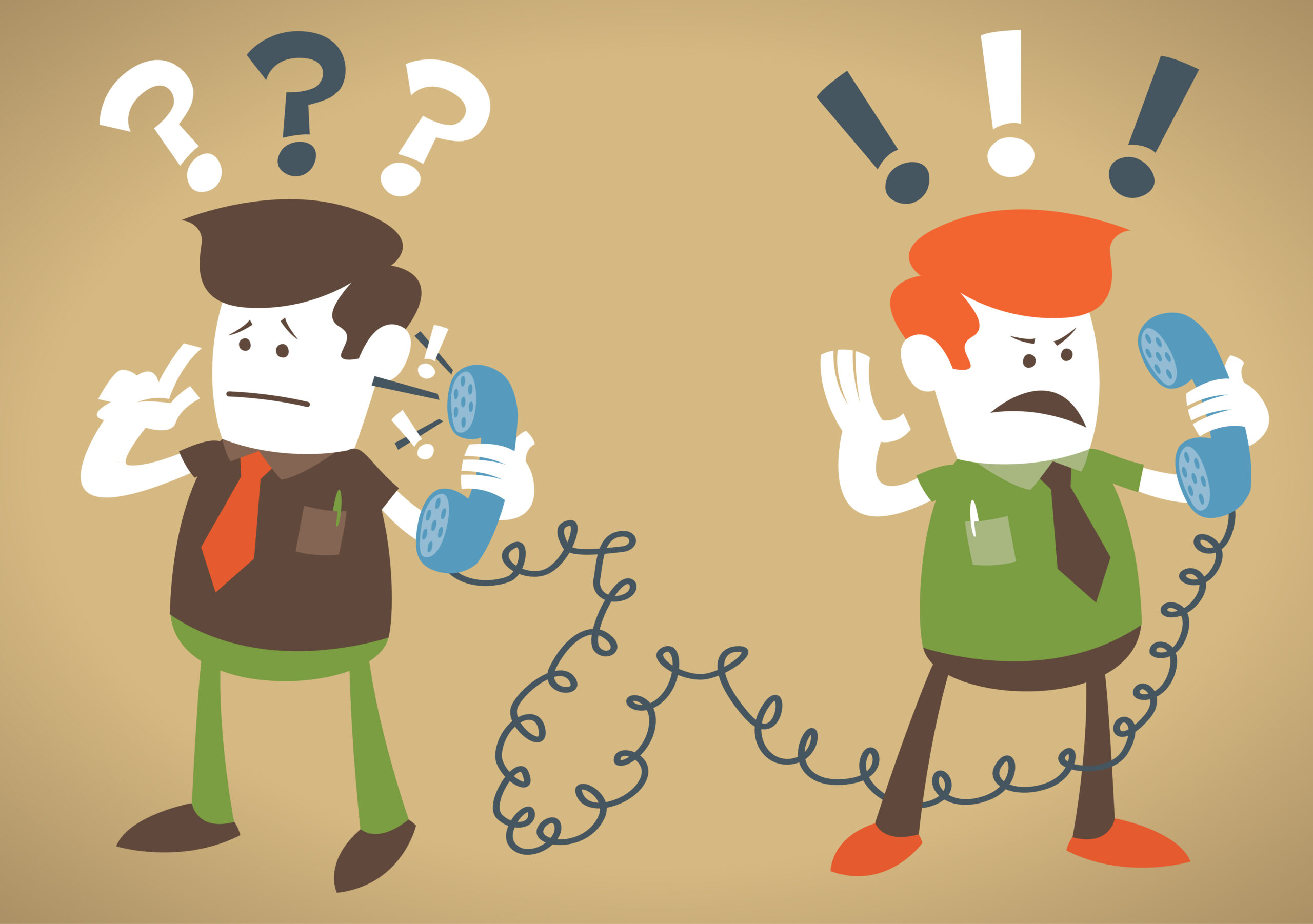As a freelancer, you have the flexibility to choose your assignments and clients, but it also requires dealing with a wide variety of personalities and needs. When dealing with difficult clients, it is critical to resolve issues with professionalism and good communication.
Understand difficult customers
- Identify difficult customers: Difficult clients may display a variety of behaviors that make it difficult to work with them. Excessive demands, micromanagement, unrealistic expectations, constant adjustments, or a lack of clear direction are examples of this behavior. Identifying these traits early on can help you prepare for potential challenges.
- Reasons for customer problems: Understanding the root cause of a customer’s problem can provide insight into their behavior. This could be due to previous adverse experiences, a high-pressure environment, a lack of understanding of your profession, or your own idiosyncratic communication style. Knowing their perspective will help you adjust your strategy to address the issue appropriately.
Effective Communication
Clear and honest communication is critical when dealing with difficult customers. Here are some key strategies:
- Active listening: Pay close attention to customer questions, needs and feedback. Show empathy and ask clarifying questions to make sure you understand what they are asking. This promotes trust and forms the basis for effective cooperation.
- The expectations are very clear: Define the project results, timelines and possible constraints in advance. This helps manage customer expectations and reduces misunderstandings. For transparency and consistency, provide regular progress updates to your customers.
- Create Restrictions: Setting hard boundaries is crucial when dealing with problematic customers. Here’s how it’s done:
- Define scope of work: Provide a detailed overview of the scope of the work, including what is within the scope of the project and what is outside the scope. This helps manage client expectations and prevents scope creep, which occurs when additional work is requested without adequate compensation.
- Time management: Establish a reasonable timeline and clearly explain it to the client. If the client requests additional activities or changes that impact the timeline, communicate the potential impact and renegotiate the timeline as necessary.
Managing Expectations
For freelance contracts to be effective, client expectations must be managed. Have a look at the following:
- Set realistic goals: Set reasonable goals and communicate the possible outcomes of the project. If the client has unreasonable expectations, gently guide them to a more realistic perspective by discussing the limitations and obstacles. This helps connect their expectations to the reality of the project.
- Regular progress reporting: Keep your customers informed about the status of your projects. Provide regular reports, milestones achieved and potential obstacles encountered. This proactive approach ensures transparency and minimizes surprises.
Conflict Resolution
For freelance contracts to be effective, client expectations must be managed. Have a look at the following:
- Set realistic goals: Set reasonable goals and communicate the possible outcomes of the project. If the client has unreasonable expectations, gently guide them to a more realistic perspective by discussing the limitations and obstacles. This helps connect their expectations to the reality of the project.
- Regular progress reporting: Keep your customers informed about the status of your projects. Provide regular reports, milestones achieved and potential obstacles encountered. This proactive approach ensures transparency and minimizes surprises.
Deliver High Quality Work
Delivering quality work is critical when dealing with difficult clients. The successful method is as follows:
- Above expectatios: Constantly exceeding and exceeding customer expectations. Produce work that not only meets specifications, but also demonstrates your knowledge and attention to detail. Offering great value will help build trust and enhance your professional reputation.
- Be Proactive: Anticipate future concerns or challenges and address them as they arise. Offer solutions or alternative techniques that demonstrate your problem-solving skills. You can alleviate anxiety and instill confidence in your customers by taking the initiative.
Evaluation of future cooperation
After completing a project with a difficult client, analyze the collaboration. Think of complexity, communication problems and general satisfaction. This evaluation will help you determine whether a future partnership with your client will be mutually beneficial.
Conclusion
Working with difficult clients as a freelancer calls for effective communication, setting boundaries, managing expectations, solving problems and delivering quality work. By using these strategies, you can effectively manage difficult client relationships and build a reputation as a reliable and professional freelancer.
FAQs
1. How do I identify difficult customers before starting a project?
In initial conversations, look for warning signs, such as excessive demands, inaccurate communication, or unrealistic expectations.
2. What should I do if my client’s project specifications keep changing?
Communicate potential impact on deadlines and pricing and work with clients to reach agreement.
3. How do I deal with customers who keep asking for revisions?
Set acceptable limits and clearly outline the review process. Communicate the scope of the change to the project agreement.
4. What if a customer becomes rude or disrespectful?
Maintain professionalism and set clear boundaries. If the behavior continues, consider ending the partnership and getting help from Liberty or legal counsel.
5. How do I prevent scope creep with difficult customers?
In the project agreement, clearly describe the scope of work, express any new requirements outside the scope, and negotiate associated cost and time adjustments.





Comments
Post have being very helpfull hope dealing with presentations and conducting meetings can be added here.
“Deliver high-quality work, communicate effectively, and build strong client relationships to thrive as a freelancer.”
Very useful
This really helps especially when it comes to dealing with customers which is an essential part of any work.
Prevent scope creep with difficult customers,clearly describe the scope of work, express any new requirements outside the scope, and negotiate associated cost and time adjustments
helpful info for freelancers